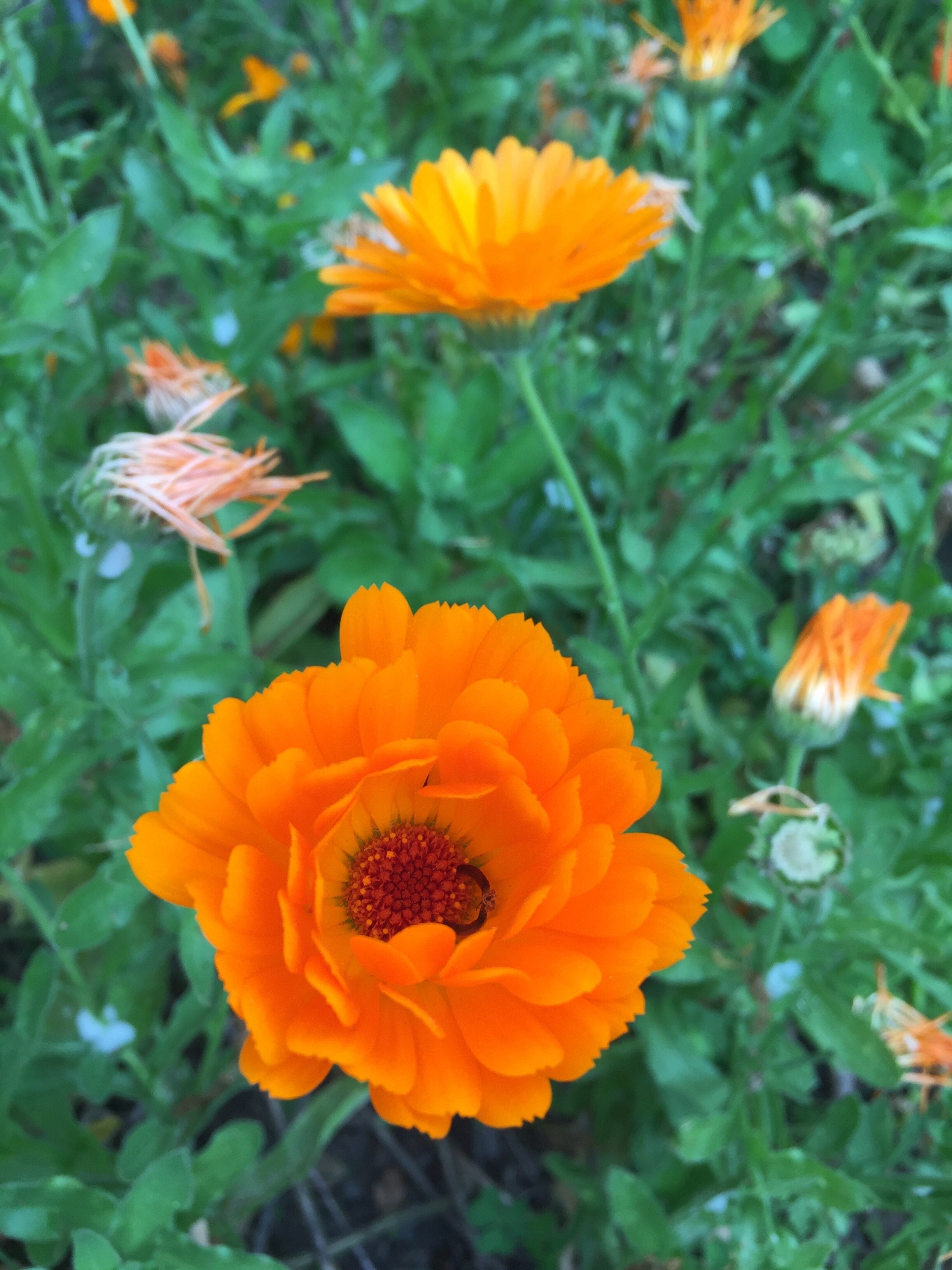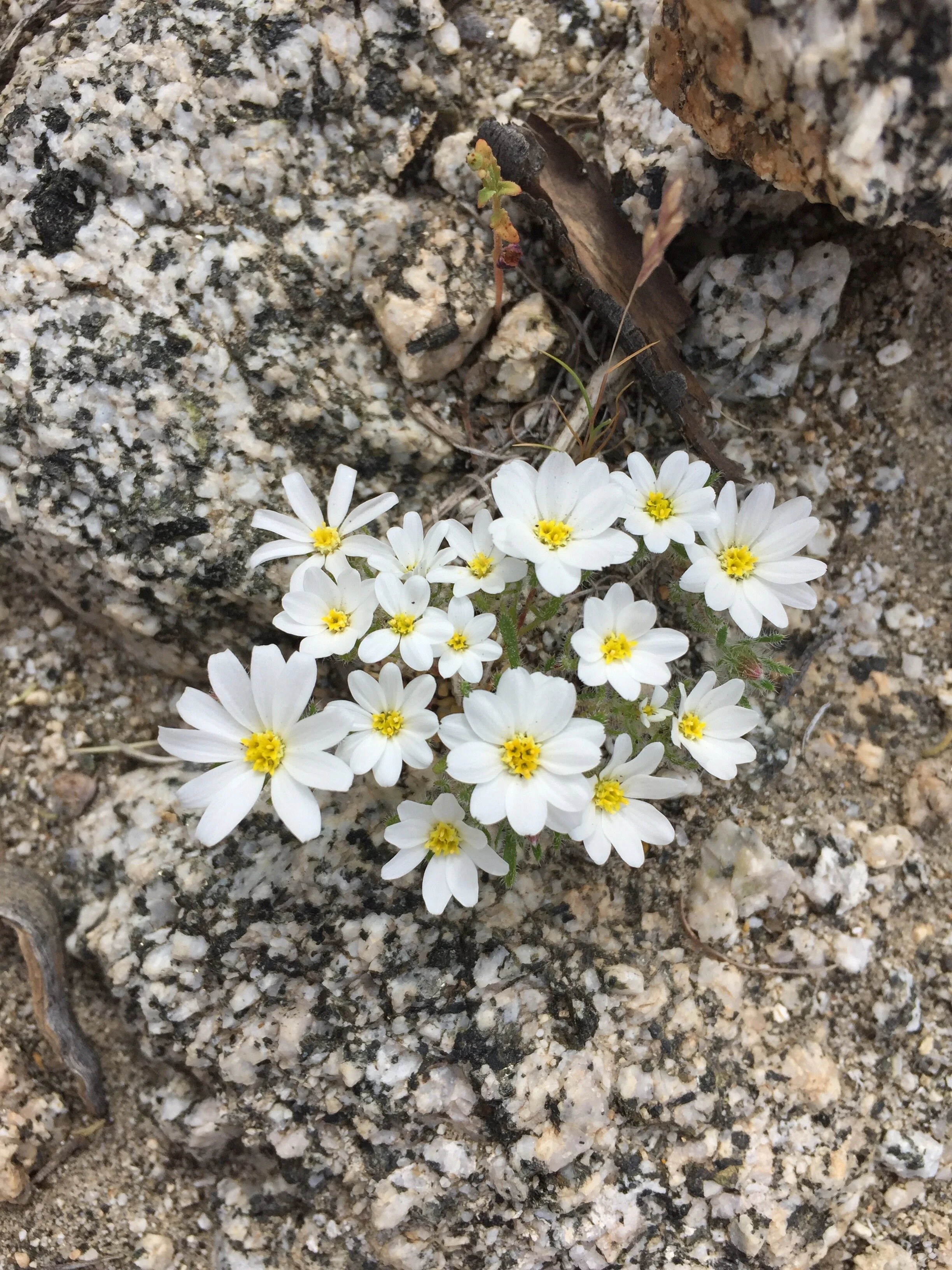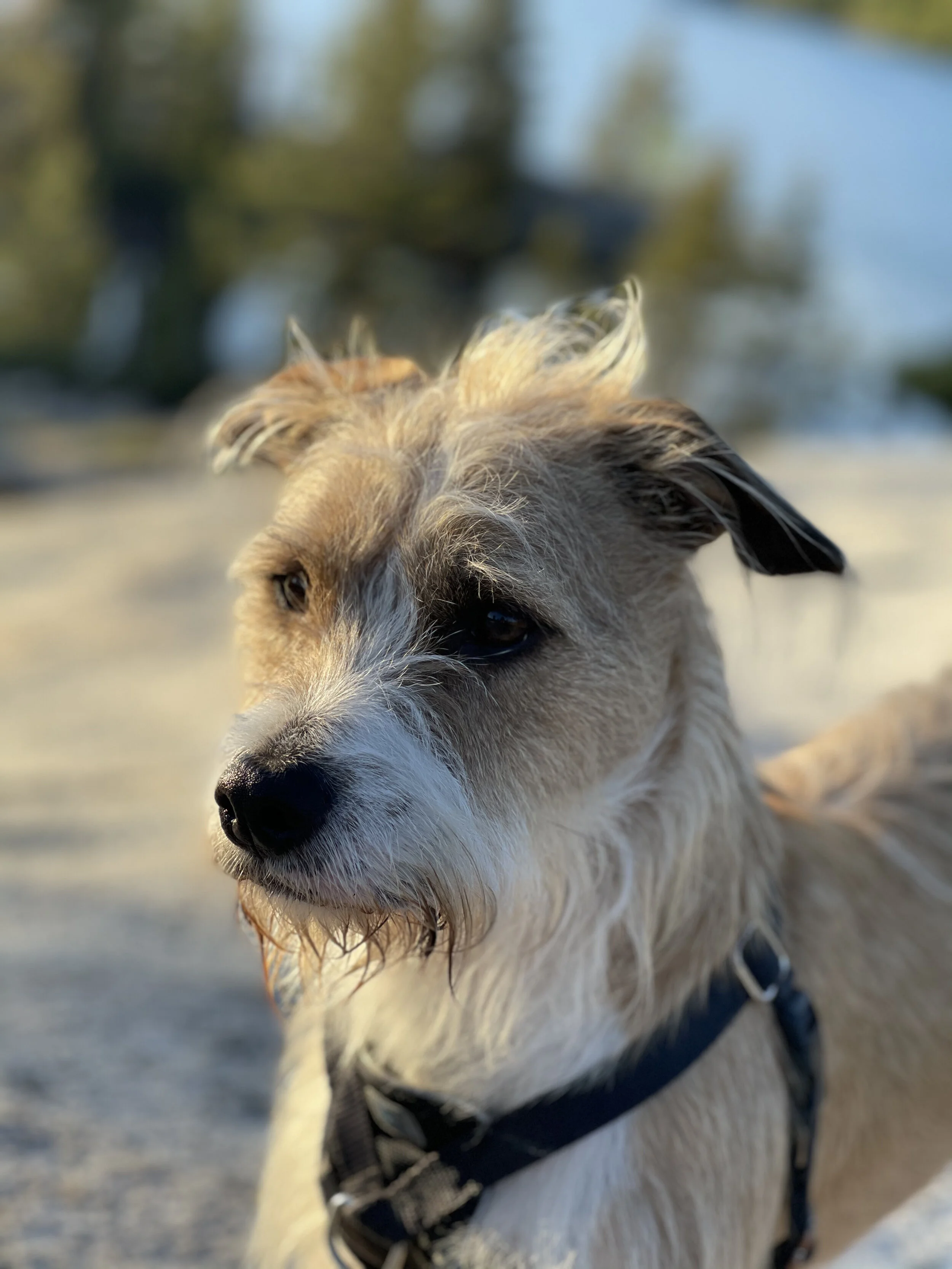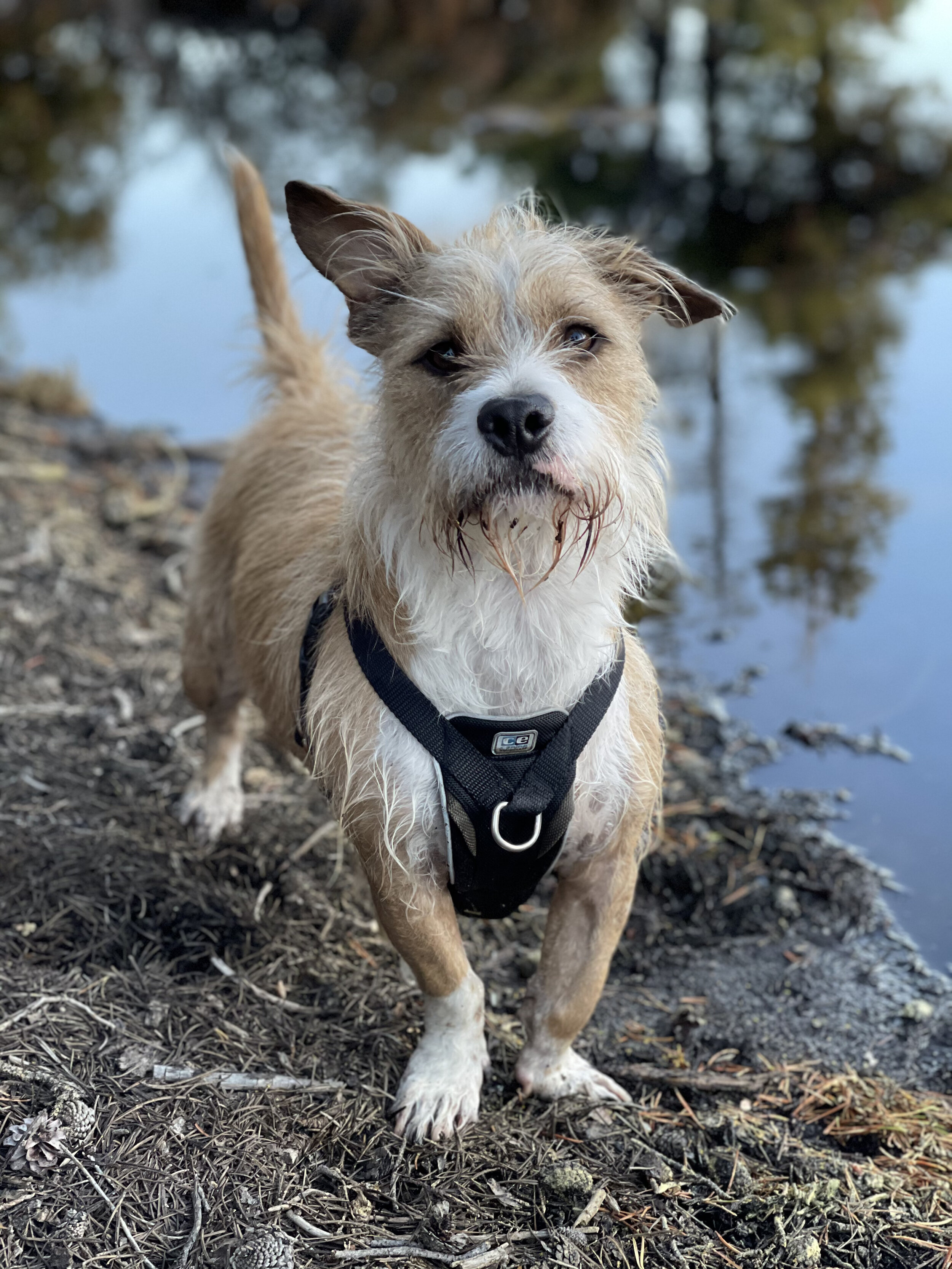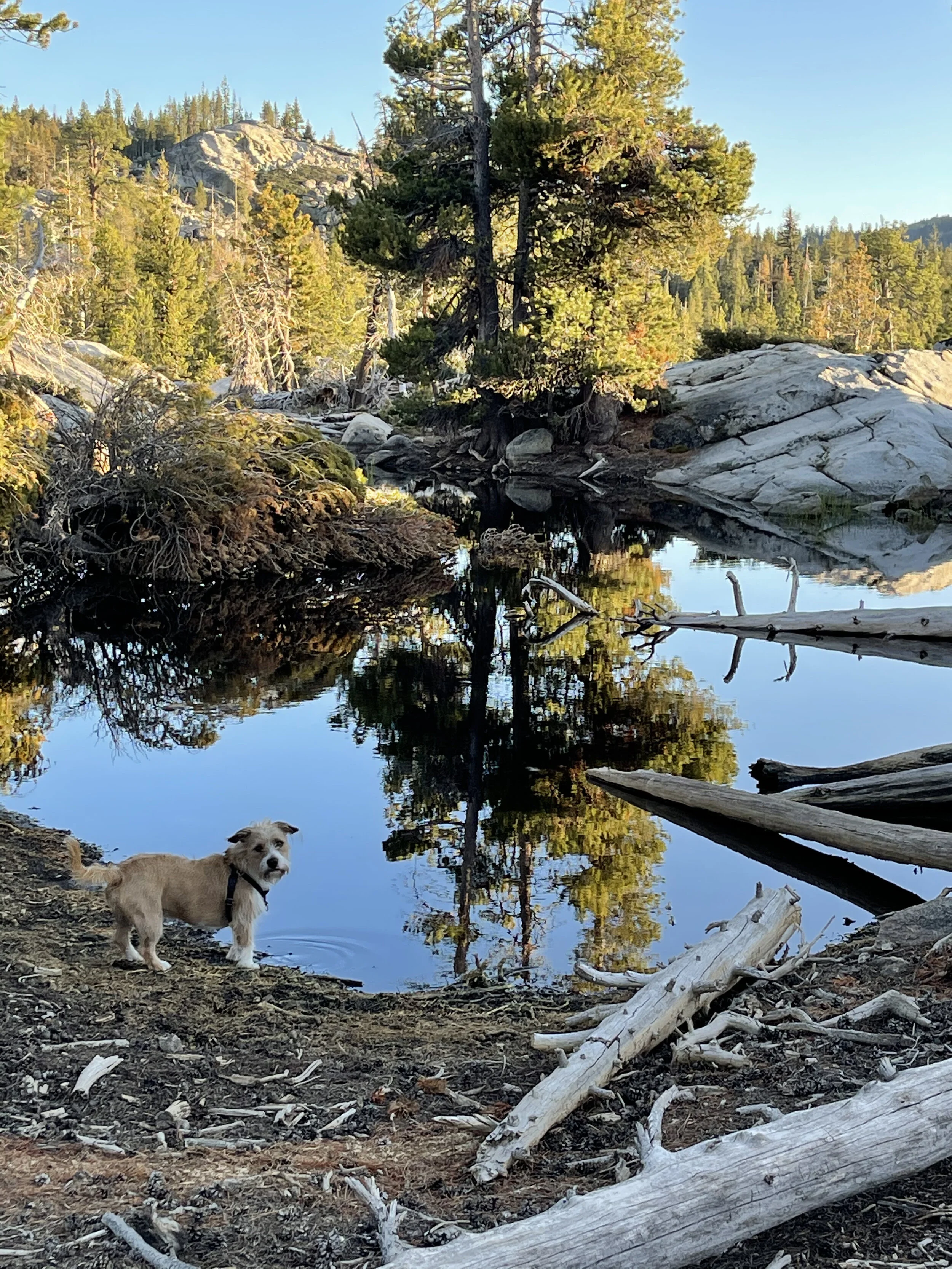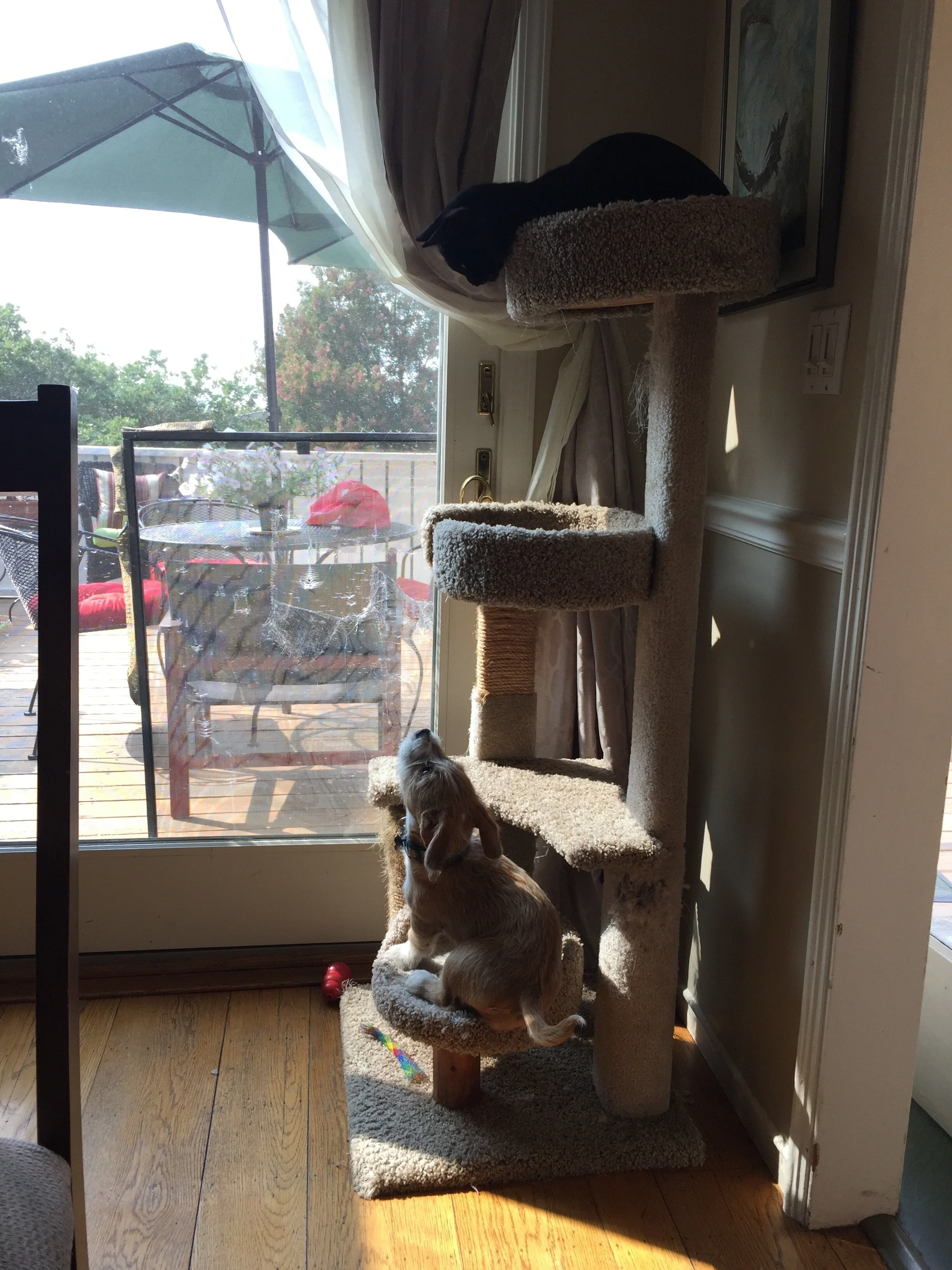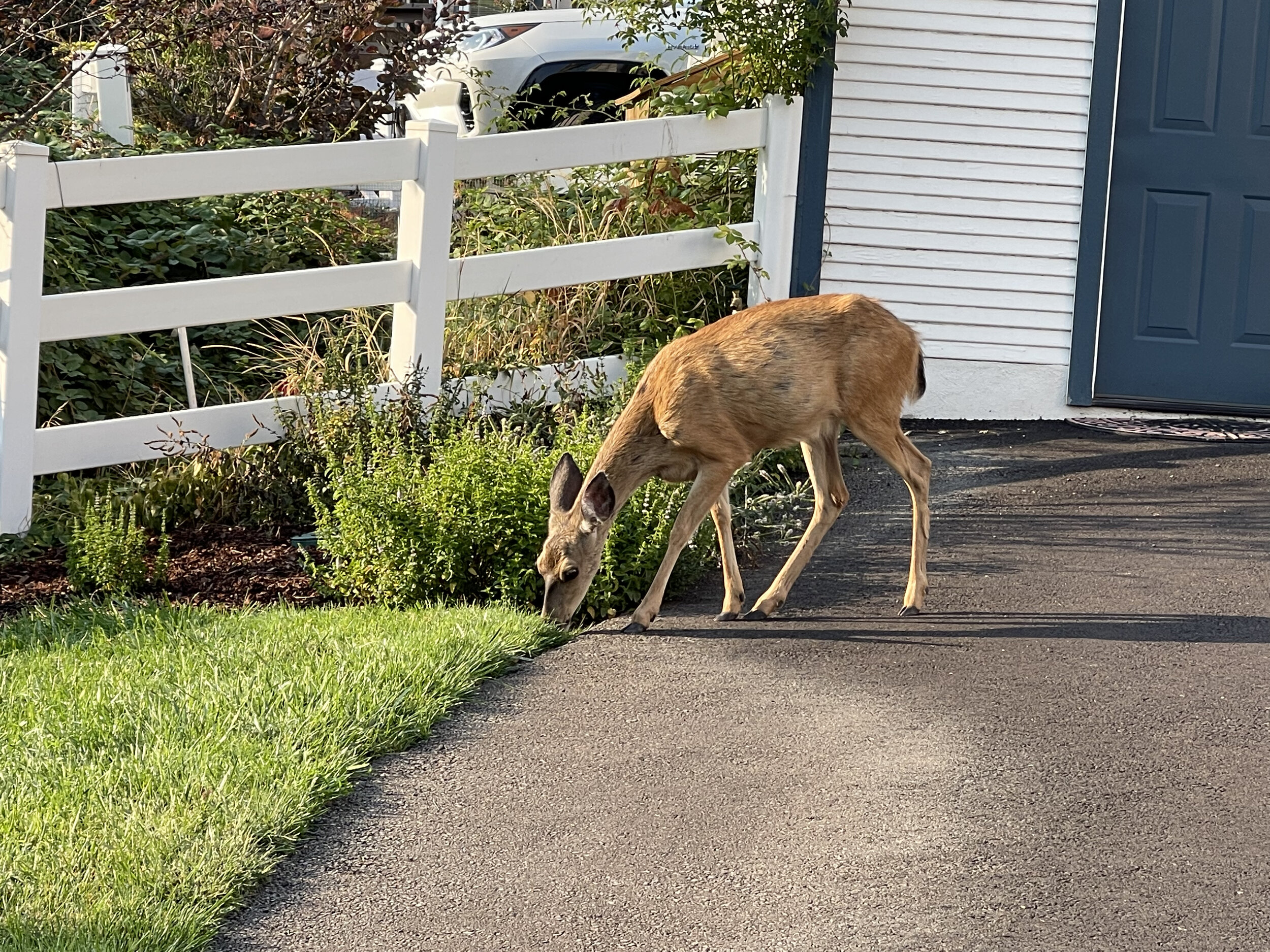In January 2020, I wrote this to describe what I saw in this work of art by printmaker Daniel Chiaccio. We met at a wonderful Artists’ Residency in Petaluma. I was very inspired by his etchings. This particular one is entitled Easy Does It. The story thus takes the same title. I had the pleasure of using this piece for a reading in 2020 on Zoom with a print of Easy Does It on Screen Share. I hope you enjoy it!
Easy Does It by Daniel Chiaccio
Easy Does It
The old man closed the heavy oak door behind him to the chill wind and winter.
Inside was another season altogether. He bolted the door shut, locking out the toil and conflict of the outside world, put down his knapsack, and hung his coat and hat on a peg beside the door.
Inside the cottage was a warm, soothing breeze, like fingers through one’s hair, and yet there was no fan. The lamps glowed golden. Defying any logic, leaves of yellow and orange, red, brown and green moved gently in the air, floating below the ceiling around the lights and circling the live tree in the middle of the room that rose from the floor through the kitchen countertop through the sleeping loft all the way to branches that stretched out in all directions just below the roof beams. Two small birds fluttered in and out of a birdhouse on the side of the tree twittering away as they carried bits of straw from the floor into a hole in their house to make a nest. Where they had come from and exactly when they arrived, the old man did not know.
He grinned, rubbing the whiskers on his chin. The autumn was his favorite. Although, they were all pretty, even when it turned winter inside and the lanterns shown blue and icicles gleamed from the rafters and he had to wear an extra coat. Luckily, those days were seldom. When it was spring, butterflies fluttered all around the room and everything was pastel, and fresh flowers sprouted right out of the kitchen counter. On especially prolific spring evenings, he had a hard time finding enough surface for the cutting board to slice his evening bread and cheese amongst the tulips and the primrose. When summer came to the cottage, the lamps shone brightly and soft sand covered the floor and from the walls themselves, he heard the sound of a distant surf, waves gentle and inviting, not like those of the rough stormy seas outside that swallowed the fishing boats with men inside them and threw seaweed upon the boardwalk that he spent his days cleaning. During summer days in the cottage, he would sit in his undershirt on the sand floor and breathe in the warm air, closing his eyes and traveling far away in his mind, to a moment in his childhood, with sunshine and squeals of glee and sand flying, a red metal pail and shovel his trusty tools.
But today, he looked at the golden leaves in the branches overhead wondering. It had been the fall season for many, many days in a row now.
“Are we going to stay in the autumn, then?” He asked.
As he grabbed the knapsack from the floor and hoisted it onto the counter to unload a new loaf of bread and some ale, he noticed the pack had been patched with a swath of cloth, red with a yellow sunflower on it. The patch had been stitched neatly over the hole in the corner. He hadn’t even noticed it in the morning when he left before dawn, so tired, as he tended to be these days, from the daily grind of life and his creaky bones.
The only time he felt truly energized was here in the cottage with its changing seasons, it’s beauty and comfort and his allusive roommate.
He sat down at the little table with his cheese and cold meat, bread and ale, and for a treat, a shiny red apple, admiring the cushions on the bench as he did so. They each contained a hand-sewn autumn scene featuring trees with warm, multi-color leaves. It was some time ago, but not at the beginning, when he realized if he stared at one long enough, a leaf would fall from a branch. That magic lit him up inside. It kept him company. It filled the room and him.
It was already late as he chewed his meal. He let out several loud sighs and found, with his limbs limp and eyes heavy, he could not finish it.
Once tidied up, his teeth brushed, and in his nightshirt, he shuffled to the ladder, passing her little door beneath the counter. A light flickered from within. He hesitated.
“Won’t you come out and say hello?”
He waited, but there was no reply, even though he thought he saw a shadow move inside. How many times had he asked? It had been, what? Thirty years since she appeared without explanation and settled in, just months after his Martha had died of fever and at first, he thought the heavy, gray weight of grief must be driving him mad. But in a few years, he had become accustom to the presence of the tiny being in his cottage. Then the tree sprouted and the seasons, subtle at first, became more pronounced. He didn’t know what to call her. A fairy, an elf, a dryad, a gnome. An angel. He sufficed to call her Little One.
“Little One, thank you for patching my bag yet again. It is stronger and more beautiful than ever.”
Slowly, carefully he climbed the ladder to the loft, each step a struggle these days. He gripped the sides tightly, not wanting to admit to himself his fear of falling.
Recovering his breath, he tucked himself into his bed. As if on cue, the lamps downstairs dimmed. He pulled the blanket up to his chin and lay thinking.
“You have been a great comfort to me, Little One,” he said. “You brought light to counter my darkness and enchantment to cure a drab existence. I don’t know why you chose me, my Little One. But I am grateful.” He let tears fall down his temples onto his pillow. “I am so grateful. And so very fond of you, though I have never set eyes on you. Did I ever tell you that? Well, now you know.”
He closed his eyes and pictured the Little One as he always did in his mind, a beautiful woman in miniature with long flowing hair, a smile that could light the day, her entire being glowing with joy. He knew this image was his own. But even if she was a shriveled, warted thing, he knew he would find her beautiful.
“Good night, Little One,” he whispered.
Several hours later, the old man awoke to a terrible pain in his chest. He felt panic as he found no breath to take.
“Shhh,” came a small voice in his ear. A tiny figure sat by his head, smoothing his hair. “Easy does it.” The voice sounded like a summer breeze, like a gurgling brook, like a lofting, perfect note on a violin. The old man looked at her in wonder as the Little One leaned and kissed his cheek. With that kiss, he felt no more pain. His body relaxed. He smiled.
Before long, he lay pale in his bed, perfectly still, no longer even a rise and fall in his chest. A small tear fell onto his nightshirt. “Sleep well, my sweet man. I will always love you,” it said before the lights in the cottage turned winter blue.





